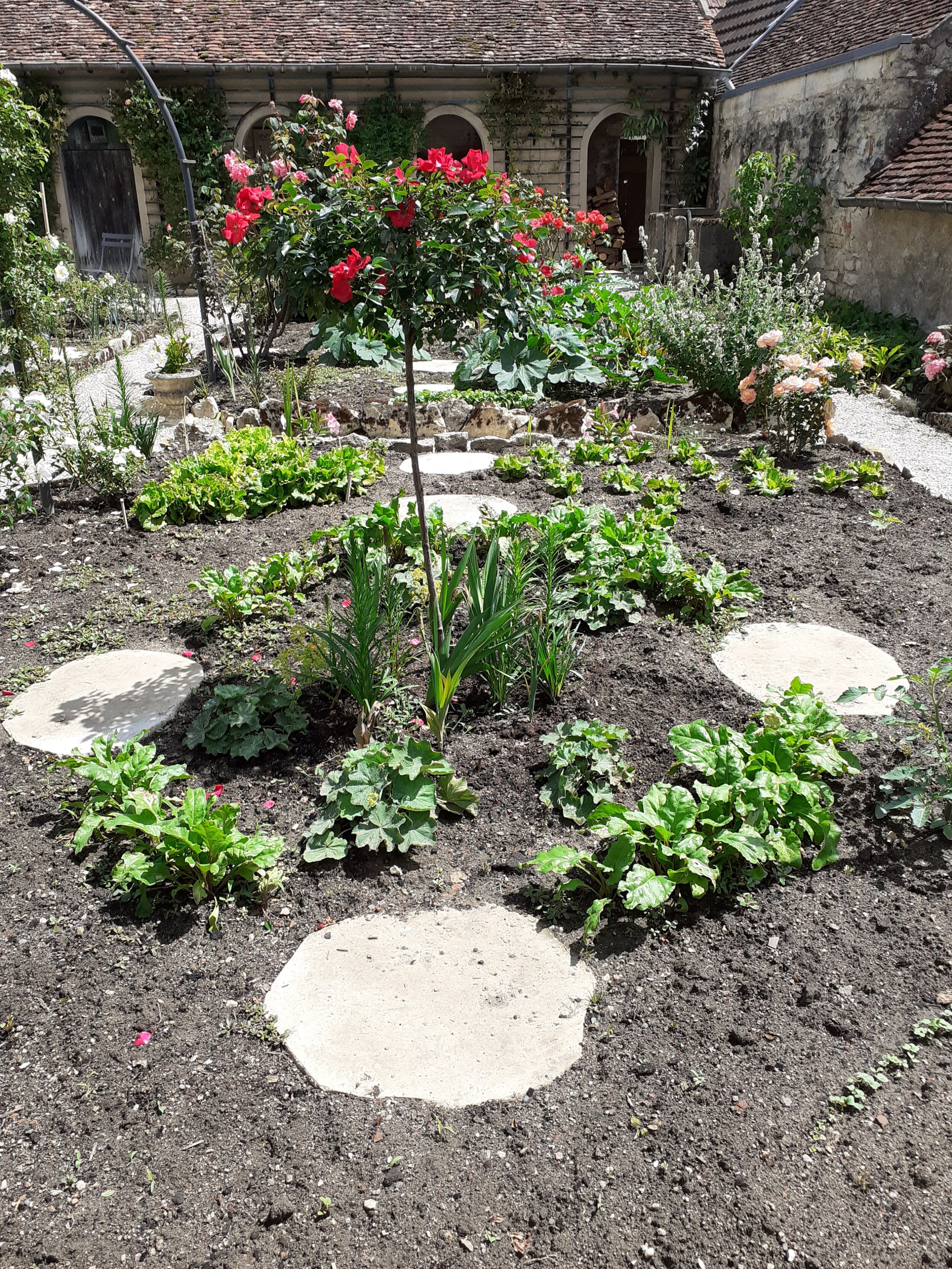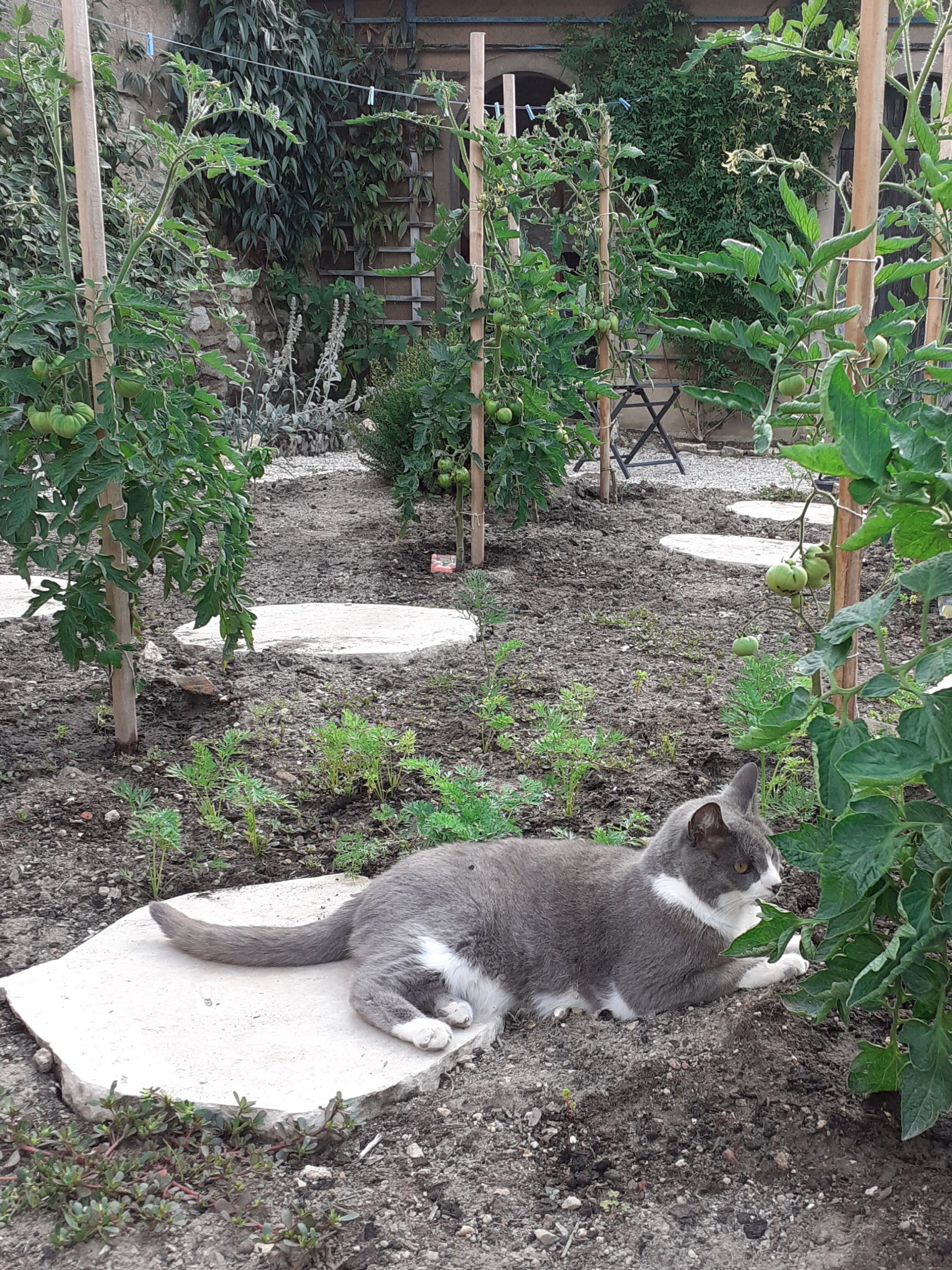Better'ave Some Beets Today!
BETTER'AVE SOME BEETS TODAY!
Since I’ve moved to France, I’ve enjoyed exploring the language. Specifically, the differences in culinary terms between my native English and my ever- evolving use of French. Take the English word for beet – one of my favourite vegetables. In French, it is known as the “betterave” or beetroot - a fitting homage to the beet’s direct kinship with the soil. As a term of culinary respect and affection, the French wins hands down.
Growing up in North America, the English word “beet” is literally stripped of its French root. As if beets could grow on trees, like peaches or apples. In French, there is no doubt as to the beet’s deep connection to the garden. Best of all? At a market in France, you can purchase this earthy root raw or already cooked - soft, ready to skin and devour.
I have heard people ask the French vendor how this soft variety of beet is produced. This is one of the technological ideas I approve of: when harvesting the beet in the field, it is put into a truck that has a cooker. The next step? The beets are sent into the barn, ready for the table. If you’ve always thought that the process of preparing beets is too onerous, you might consider moving to France. They’ve virtually eliminated any anxiety over preparation.
I like purchasing beets both ways - raw and cooked. As a vegetable, it offers many options. You can buy the deep red beet, the golden beet, the striped beet, a cylindra beet and even the rare baby white albino beet. With the raw beets, I like to slice them thin using the mandoline. You can make beet chips (served with horseradish chive crème dip) a beet root slaw, or a decoratively arranged composed salad with a tasty vinaigrette. I adore a recipe in Ottolenghi’s NOPI book for Lentil Salad with Pickled Shallot and mandoline sliced Betterave.
If you prefer cooked beets, I recently followed a recipe from Edna Lewis for roasting Beet Root. When roasted and still warm, you rub off the skin, then cut into wedges. Make a syrup with cider vinegar, fresh ginger, cloves, bay leaf, and sugar. Marinate for hours or overnight. Et voila, a satisfying summer legume that will accompany many a sultry menu.
I have planted Betterave (Chioggia) in my garden, from seeds. They are not yet ready to harvest, but each day I marvel at the greens that sprout from the earth, reminding me how beautiful living with a garden is. And yes, you can enjoy the leaves of the beetroot. I use it in preparations as I would Epinards ou Carde.
A funny note to share - I had French friends for dinner last night and was using the mandoline to slice raw betterave for a salad. The male was telling me how much he missed his mandoline. But the female had experienced some pain from her time with the tool and threw it away. She had convinced the male that it was a safety hazard in the kitchen. "But, but, but," he pointed out, "look what tasty meals I can make for you." J’ai adore mon mandoline - I love how it can help me create edible delights in my kitchen. Without its assistance, I would not have experienced the wonder of thinly-sliced, raw betterave.
Madame M. en la Charite sur Loire - the village of words.
July 2020
P.S. For more information about Maison des Mots email moi at 6ruedunord@gmail.com, s'il vous plait.


